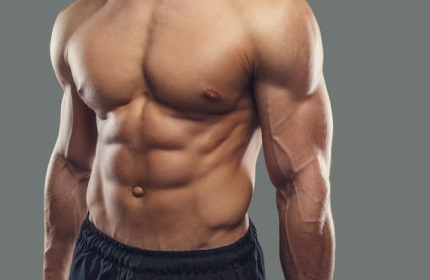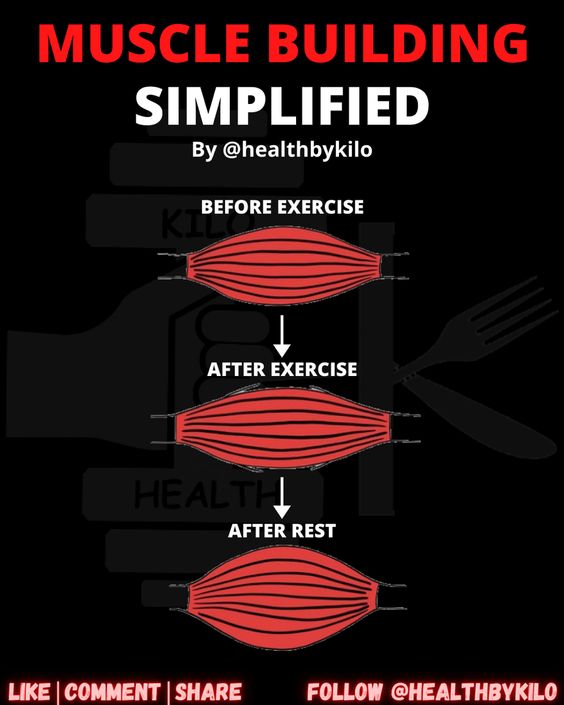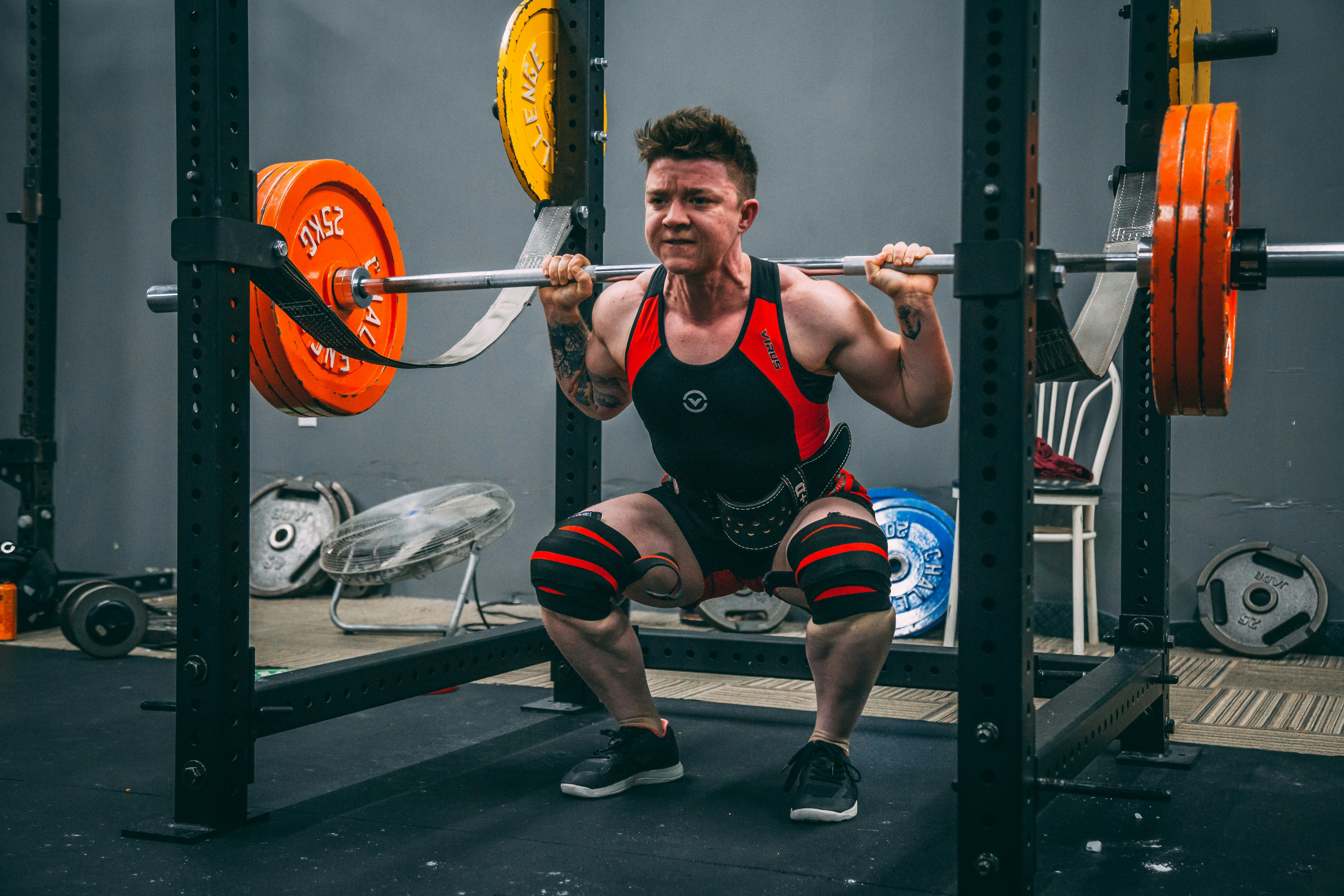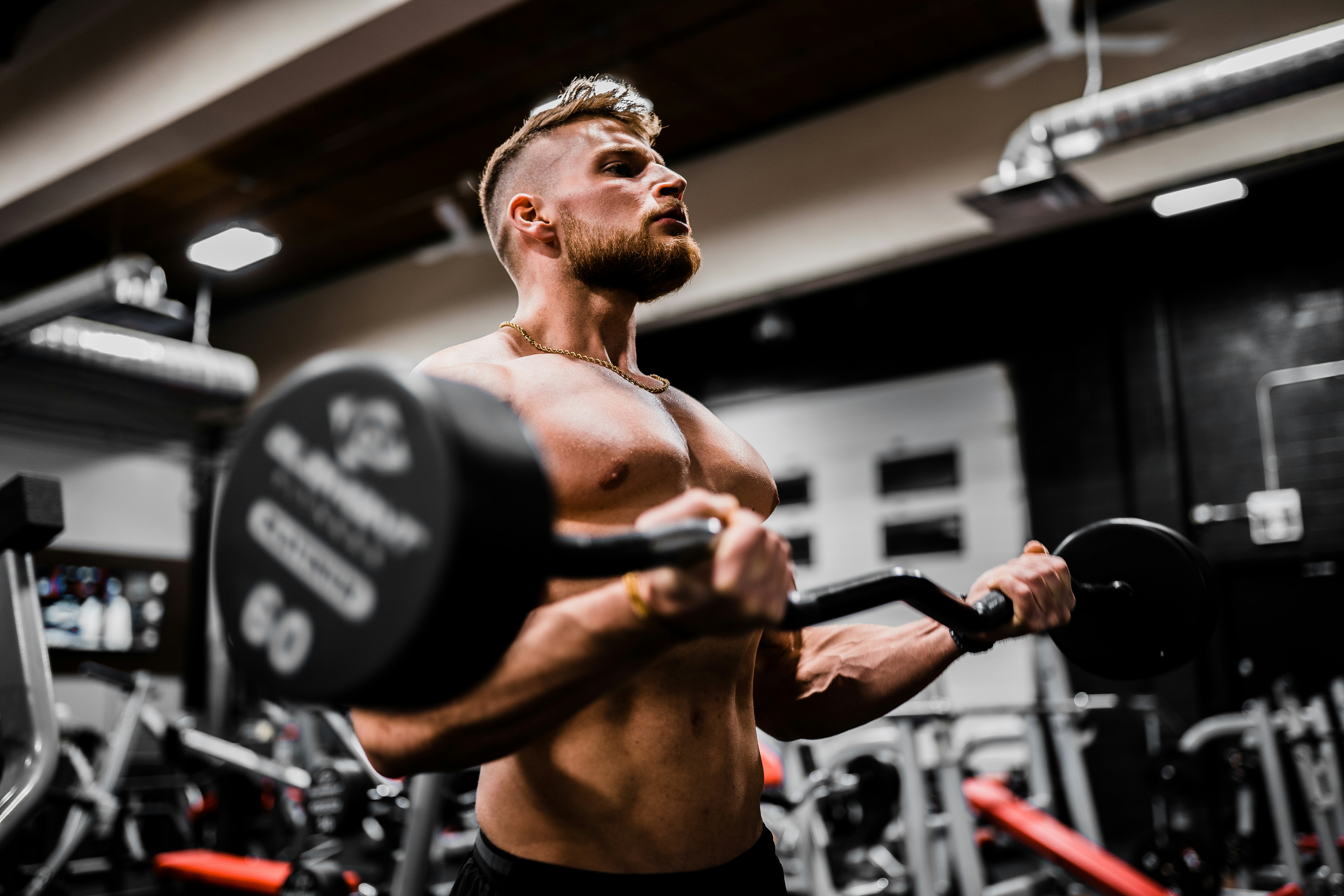
3 Tips on Maximising Your Muscle Gains: Zero Bro-Science Edition
3 Tips on Maximising Your Muscle Gains: Zero Bro-Science Edition
Debunking bro-science myth and embracing the real evidence
Ah, the Bro. The living incarnation of anecdotal evidence. The cell-tech loving, creatine-cycling, curling in the squat-rack, no-carbs after 6pm Bro. A gullible, naive species that has flourished in the marketing gimmickry of the modern fitness industry. We have all fallen victim to the Bro-volution at some point in our training careers: for most of us, the first few years. Why? There is a simple explanation. We all know that when you begin lifting for the first time, you grow more rapidly than at any other stage in your natural progression.
You will also receive a plethora of pompously implausible information from fellow gym-goers who swear that their sister’s fiance’s dog’s friend’s owner’s father has lost 10 pounds of muscle because he forgot to drink his protein shake within the 30-minute post-workout “window”. Subconsciously you form a causal relationship between these fallacies and your “newbie” gains, and another Bro is born.
Needless to say, there’s a better way. As with most things, there is a scientifically proven explanation for the way your muscles grow. When we begin to understand this process, we may begin to exploit it. The process of building muscle is illustrated below:

The more we repeat this cycle, the more our muscles will grow. The faster we repeat this cycle, the faster our muscles will grow. See those white arrows? Those are manipulation points. Those are points at which you may make subtle changes, if you have not already done so, to maximise the efficiency of this cycle. And those are the points upon which we will be focusing in this article. Welcome to the zero bro-science series.
1. KNOW when to train to FAILURE
Look at the diagram above. To complete the cycle, your central nervous system must recover. Classic opponents to training-to-failure argue that by doing so, you’re putting too much stress on your CNS and it will not recover sufficiently.
Your CNS is basically your brain. Your brain is the boss. Your muscles are its employees. The harder you work your muscles (i.e. by taking them to failure) the harder your brain must “shout” at them to keep them working at full capacity. At some point, it will get a sore throat. To keep the company going, it needs to recover.

It is true that your CNS takes 5-6 times longer to recover than your muscular system.1 But all exercises are not created equal and some involve the CNS hugely and others very little. Just as employees may carry out simple tasks without guidance, isolation movements such as biceps curls and pectoral flies need little CNS involvement. You may take these exercises to failure, and your brain will have relatively little to shout about.2
On the other hand, very complex movements such as Olympic lifts, deadlifts and squats involve the CNS hugely. This is because there are lots of muscles to activate and co-ordinate. Taking these exercises to failure will rapidly lead to CNS exhaustion. Progress will be limited as your CNS struggles to recover at the same pace as your muscles.2 So that’s it. Simply put, to maximise CNS recovery:
- Train isolation movements to failure
- Avoid failure when performing complex movements
This will ensure that the muscle-building cycle is completed as quickly and efficiently as possible.
2. Consume the BULK of your carbs AROUND your workout
Yes. It is possible to manipulate how many of those guilty carbohydrates in that protein muffin you just devoured will provide the energy for muscle repair rather than get stored as fat. It’s all about insulin sensitivity. Ingested carbohydrates are broken down into glucose in your guts. This glucose is absorbed into the bloodstream, where it may then either enter a muscle cell (which is what we want) or go and lie down in a fat cell (which is certainly not what we want).
Insulin is the hormone that “knocks” on the door of muscle cells asking if they have room for the glucose. Normally, after a gruelling workout, they have plenty of room because all of that glucose (or glycogen, as it is stored) has been used up. In this case, the glucose enters the muscle cell and is used to repair it. The more time that passes after a workout, the less receptive the muscle cell becomes to insulin. Now, the insulin may “knock” at the cell’s door to no avail. In this case, the lowly glucose molecule will be stored as fatty acids in a fat cell.3

What does all this mean for building muscle as quickly as possible? It means that the bulk of your carbohydrate intake should be based around your workout when your muscles are most insulin sensitive. This means that your muscle cells will get the energy they need to repair exactly when they need it whilst also minimising fat gain.
Forget the “30-minute post-workout window” fallacy. Studies have shown that an interval of three to four hours between your pre- and post-workout meals is optimal for protein synthesis, repair and recovery.4 A meal consumed one hour before an hour-long workout leaves you with at least two hours to ingest carbohydrates for optimal recovery. That’s a TWO-HOUR window! Yay for science!
Although insulin is the biggest determinant of how your nutrients are partitioned, another important factor is stress. When we are stressed, our bodies go into “panic” mode or what is known as the “fight-or-flight” response. In this state, the body wants to have energy immediately available for use. It wants to keep glucose in the bloodstream. To ensure this, it becomes highly de-sensitised to insulin, and very little glucose enters muscle cells. In this state, the muscles are not sufficiently replenished and the repair process is hampered.5 So in summary:
- Eat around two thirds of your daily carbs around your workout
- Minimise your stress levels: get enough sleep, enjoy life and avoid Bros (wherever possible)
3. Blood flow restriction training. It WORKS.
The average Bro will shun blood flow restriction (BFR) training (AKA occlusion training) as a useless gimmick reserved for particularly naive lifters who read too many papers. That is because Bros cannot be bothered to read. The evidence for BFR is absolutely overwhelming. Seldom do new techniques in bodybuilding emerge that are proven to work so effectively. I believe that the popularity of BFR will explode as soon as more people start to realise its potential.
The idea behind BFR is to restrict blood flow away from a particular muscle by wrapping some form of elastic material around a particular limb. This might be an elastic elbow wrap, for example. By doing this, blood may enter the muscle but cannot escape.

A study on immobilised patients found that the use of BFR alone (without traditional strength training) prevented the breakdown of muscle tissue.6 A second study showed that leg-specific BFR led to gains in muscle size and strength from walking alone.7 Finally, another BFR study showed that muscle-growth akin to that of a complete beginner (legendary newbie gains) was seen when lifting a weight equal to 20-50% of 1-rep max (1MR).8
That is some serious, compelling evidence. It’s all to do with the “stress” chemicals your muscle cells release when they are deprived of oxygen. These are powerful signals for the cell to repair and grow, mimicking the intracellular environment seen in much, much heavier lifting.9 In fact, one study has shown that the growth hormone response is two times greater than regular resistance training!10
Anyway, enough science. How do you incorporate BFR into your training? BFR should be used as a supplementary technique to your normal training routine. The most effective method is to perform 3-5 sets as a “finishing” move after the bulk of your lifting (no pun intended). Using a weight that is 20-50% of your 1RM, perform as many reps as you can to failure (remember, isolation moves only!) Keep rest periods below 60 seconds.11 Prepare for pain. And more pain. And growth.
To summarise:
- An overwhelming body of evidence supports the effectiveness of BFR
- Wrap an elastic elbow or knee wrap around the uppermost part of the desired limb
- Perform at the END of your regular workout
- Use 20-50% of your 1RM for 3-5 sets with rest periods <60 seconds
Conclusion
If you go back to the muscle-building cycle illustrated at the beginning of this article, you will see that the three “manipulation points” are numbered. These numbers correspond to the tips given above. I hope that I have reinforced some old ideas and introduced some new. So now, over to you. Have you tried any of these muscle building methods? What were your experiences? Do you have any tips of your own? (No Bros please!)
Let us know on our forum or via Facebook or Twitter, and join us in our crusade against the overwhelming scores of conflicting literature, opinions and hearsay that dominate the bodybuilding industry!
By Sam Dheshi
References
1. Ferrugia J. 7 Ways to Minimize CNS Fatigue 2012.
2. Bompa TO, Di Pasquale MG, Cornacchia LJ. Serious strength training: Human Kinetics; 2012.
3. Lienhard GE. et al. How cells absorb glucose. Sci Am. 1992;266(1):86-91.
4. Aragon AA, Schoenfeld BJ. Nutrient timing revisited: is there a post-exercise anabolic window? Journal of the International Society of Sports Nutrition. 2013;10(1):5.
5. Brandi LS. et al. Insulin resistance of stress: sites and mechanisms. Clinical Science. 1993;85(Pt 5):525-35.
6. Kubota A. et al. Prevention of disuse muscular weakness by restriction of blood flow. Medicine and science in sports and exercise. 2008;40(3):529-34.
7. Abe T, Kearns CF, Sato Y. Muscle size and strength are increased following walk training with restricted venous blood flow from the leg muscle, Kaatsu-walk training. Journal of applied physiology (Bethesda, Md : 1985). 2006;100(5):1460-6.
8. Loenneke JP. et al. Low intensity blood flow restriction training: a meta-analysis. European journal of applied physiology. 2012;112(5):1849-59.
9. Schoenfeld BJ. Potential mechanisms for a role of metabolic stress in hypertrophic adaptations to resistance training. Sports medicine (Auckland, NZ). 2013;43(3):179-94.
10. Takarada Y. et al. Rapid increase in plasma growth hormone after low-intensity resistance exercise with vascular occlusion. Journal of applied physiology (Bethesda, Md : 1985). 2000;88(1):61-5.
11. Norton L, Wiliams R. Blood Occlusion Training: The Next Generation of Anabolic Exercise by Layne Norton.
Recommended products